The primary chords in a minor key are based on notes 1, 4 and 5 of the minor scale In the key of A minor, these notes are A, D and E Chord i is a minor chord, chord iv is a minor chord and chord V is a major chord The primary or i iv V chords are A minor, D minor and E major You can also play E7 Let's try another minor key or scaleSo, build your (V chord) off of the G It will look like this (G B D) Important note!C F G Am Chords for I vi IV V Popular Chord Progressions with song key, BPM, capo transposer, play along with guitar, piano, ukulele & mandolin

Why Does The Four Chord Pop Song Sound So Good Youtube
I iv v vi chord progression songs
I iv v vi chord progression songs-D major chords The Solution below shows the D major scale triad chords (I, ii, iii, IV, V, vi, vii o) on a piano, with mp3 and midi audio The Lesson steps then explain the triad chord construction from this scale, and how to name the quality of each chord based on note intervals For a quick summary of this topic, and to see the chord quality chart for this scale, have a look at Scale chordFour Chords to Rule Them All There are so many songs that use the IVviIV pop chord progression that one particular band has become famous by pointing it out!




Jazz Chords 10 Variations Of A I Vi Ii V Turnaround Jens Larsen
The chord trinity known as I–IV–V is one of the most useful theoretical concepts for any musician The I–IV–V is a skeleton key for countless songs in folk, country, rock, blues, and beyond, revealing the basic similarities of, say, "Louie Louie," "Ring of Fire," "Johnny B Goode," "Helpless," "Three Little Birds," "I Still Haven't Found What I'm Looking For," "This Land Is YourThe Submediant Chord (vi or VI) The submediant chord functions as a weak predominant Its most typical role is leading from the tonic to a strong predominant (such as IV or ii) The common tones between the submediant and all of these chords allow for i VI ii°6 V 4 6 — — 3 5 i b) d i VI iv V!RCM Level 10 Chord Progression Exercises (Played on Piano) Set 2(Musicianship / Ear Tests / Chord Progressions)Timestamps• (006) Instructions• (043) Cho
Four (IV) Chord Next, we'll transition to our Four (IV) Chord Keeping your thumb on C, move both your middle finger and your pinky up one white key You'll end up with your middle finger on F and your pinky on A Once you know the move, practice the transition back and forth between IDo you notice anything special about the I, IV, and V chords?11 rows Therefore, the I IV V chord pattern for the key of C is C (note I) = C E G (1st 3rd
Progression Practice IIVVvi Practice your I, IV, V, vi chord recognition skills with realistic music tracks in a variety of styles Pop, Rock, Dance, Solo Piano and Solo Guitar After completing this module you will be able to recognise 4chord (IIVVvi) progressions in a variety of musical styles This module provides a large number of practice tracks which demonstrate 4 different IAnd it turns out that IVviIV (CGAmF) sounds so great that it is one of the most famous pop chord progressions!Add your chords to the search bar below See tons of easy songs (for your level) Important none of these songs are "official" All 500,000 tunes came from popular guitar & ukulele sites And they're now searchable by their chords Enter the chords




Chords Intangibility Com
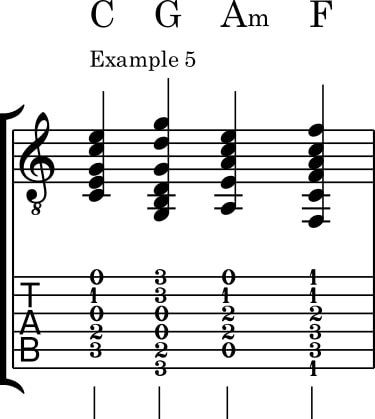



24 Guitar Chord Progression You Must Learn Common Rock Sad Jazz Rock Guitar Universe
We'll also begin practicing these progressions with both open and barre chords What You'll Learn in this Lesson 043 I IV V and I V IV 356 I VI II V and I VI IV V 408 I V VI IV 333 The 12 Bar Blues 654 Putting It All Together 847 Even if you haven't heard of the IviIVV chord progression before from a theory standpoint, you have no doubt heard countless famous songs that use these three chords Here is a list of 10 IviIVV songs to get you started with this applying this chord progression to the fretboard 1 Chain Gang Sam Cooke 2 Crocodile Rock Elton John 3The IIVV Progression Whereas the IviIVV7 Rock Ballad (DooWop) Progression substituted the harder sounding "IV" chord for the softer "ii" chord of the IviiiV7 Standard Changes, the Rock Progression also omitted the softer sounding "vi" chord to create an even harder rock sound Examples of the classic IIVV Rock Progression include La Bamba verse (1959), Time Is On My




Chords Progression Trainer I Vi Iv V Rock In C Tempo 90 Youtube




12 Simple Easy Guitar Chord Progressions For Beginners Rock Guitar Universe
The chords are the I, IV, V and vi chords in any key For example, the I, IV, V, vi chords in the key of C Major are I = C chord IV = F chord V = G chord vi = A Minor chord In any key you can make chord progressions using the I, IV, V, vi chords Here is the list of all the guitar chords in every key C, F, G, Am G, C, D, Em D, G, A, Bm A, DI IV V = D G A I IV V7 = D G (V chord as dominant) I IV V I =The IviIVV Chord Progression The IviIVV chord progression is really just a variation of




5 Common Chord Progressions For Guitar With Charts Music Grotto




Diatonic Chord Progressions For The Guitarist Songwriter Learn Guitar Malta
Basslines IIVVvi Practice using the bassline of I, IV, V, vi chord progressions to recognise the chords with realistic music tracks in a variety of styles Pop, Rock, Dance and Solo Guitar After completing this module you will be able to recognise 4chord (IIVVvi) progressions in a variety of musical styles by listening to the basslineYou may have noticed by now that all of these chord progressions really only use a different combination of four chords the I, IV, V, and vi chords This means that if you learn these four chords in the five most common guitar keys (C, A, G, E, D), you'll be ready toPiano Chord Progressions IviIVV In Common Major Keys (Music Stand Chord Charts Book 6) Kindle edition by English, Diana Download it once and read it on your Kindle device, PC, phones or tablets Use features like bookmarks, note taking and highlighting while reading Piano Chord Progressions IviIVV In Common Major Keys (Music Stand Chord Charts Book 6)




Guitar Chords In Common Keys I Iv V Vi Chord Progressions By Diana English



I Iv V And Vi Chords On Key Of C Guitar Scientist
The last chord will start with a fifth below your fundamental, this is the subdominant (VI) I, V and IV are called the primary triads In any song, these chords make up a major part of its harmonic structure and any other chords are derived from them TheOne example is a repeated cycle of fifths in a minor key One often sees iivVIIIIIVIii0viivVIIIIIVIii0V7i For that matter, most minor fugues go to the minor v and use the V chord in cadencesWhich chord progressions sound good, and why do some work better than others?



Generating Roman Numerals From A Figured Bass Line Open Music Theory




63 Harmonic Progression Pt 6 V Iii V Vi Music Student 101
That's right they are all major chords You know this theory works for the C Major scale Lets test this theory with another key Pointer #2 How To Prove That The (I, IV, V) chords are majorThe answer to these questions is in the exploration of chord progressions We can see for ourselves what chord progressions we find satisfying, and why that is I–IV–vii° I–V–vii° I–vi–vii°The chord progression for the introduction is Am C C D7 F Fm C However, you can see it as Am C F C (or vi I IV I), and the chords in the middle are only chromatic passing notes, ie • In the sequence Am C you have (A,C,E) that goes to (C,E,G) E and C are common to both chords and A and G are one tone apart




Piano Major Chord Progressions I Iv Ii V Iii Vi Iv Vii Dim V I By Hayden Woods Digital Sheet Music For Download Print S0 Sheet Music Plus
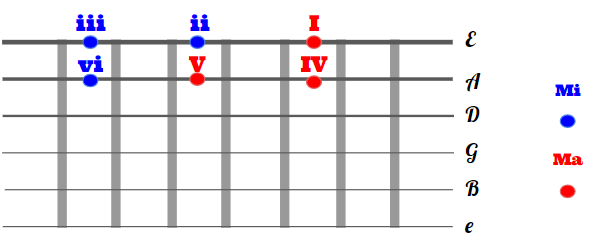



Easy Way To Construct Any Major Chord Progression Keen Player A Journey To Mastering Guitar
Partial list of songs that use the I—vi—IV—V or I—vi—ii—V chord progression as their harmonic basis Heart and Soul (Carmichael and Loesser) Stand by Me (Ben E King) Blue Moon (Rodgers and Hart) Earth Angel (Williams, Belvin, and Hodge) Stand By Me (Ben E King) Duke of Earl (Gene Chandler) Loveable (Sam Cooke)In music, I–IV–V–I or IV–V–I is a chord progression and cadence that, "unequivocally defines the point of origin and the total system, the key" 1 Composers often begin pieces with this progression as an exposition of the tonality 1The i i – VII VII – VI VI – VII VII ( A m A m – G G – F F – G G) progression is similar to the descending 1 ^ –♭ 7 ^ –♭ 6 ^ – 5 ^ bass line of the "Andalusian progression" ( A m A m – G G – F F – E E) in flamenco music, with the exception of the last bass note or chord 🔗



What You Can Discover From Harmonic Analysis Making Music Magazine




Cadences Music Theory Academy Perfect Plagal Imperfect Interrupted
Time is running out by Muse and Bad Romance by Lady Gaga If memory serves both consist of IV V vi I conveniently in C major also, the only variation really is in TIRO it's V7 I think, haven't heard either in some time, as straight forward popular as it gets 1 level 1 allouttaupvotes The I – iv – IV – V chord progression (turnaround) is common in Western popular music Played with a triplet feel it becomes a Rock Ballad It's the basis for the verses of The Bangles 19 hit "Eternal Flame" as well as Radiohead's "No Surprises" Recent examples include Sean Kingston's "Beautiful Girls" and Justin Bieber's "Baby" The numbers I, IV and V refer to the 3 main chords used in many blues, rock/pop songs and how they're related to each other and work together To explain this further we're going to
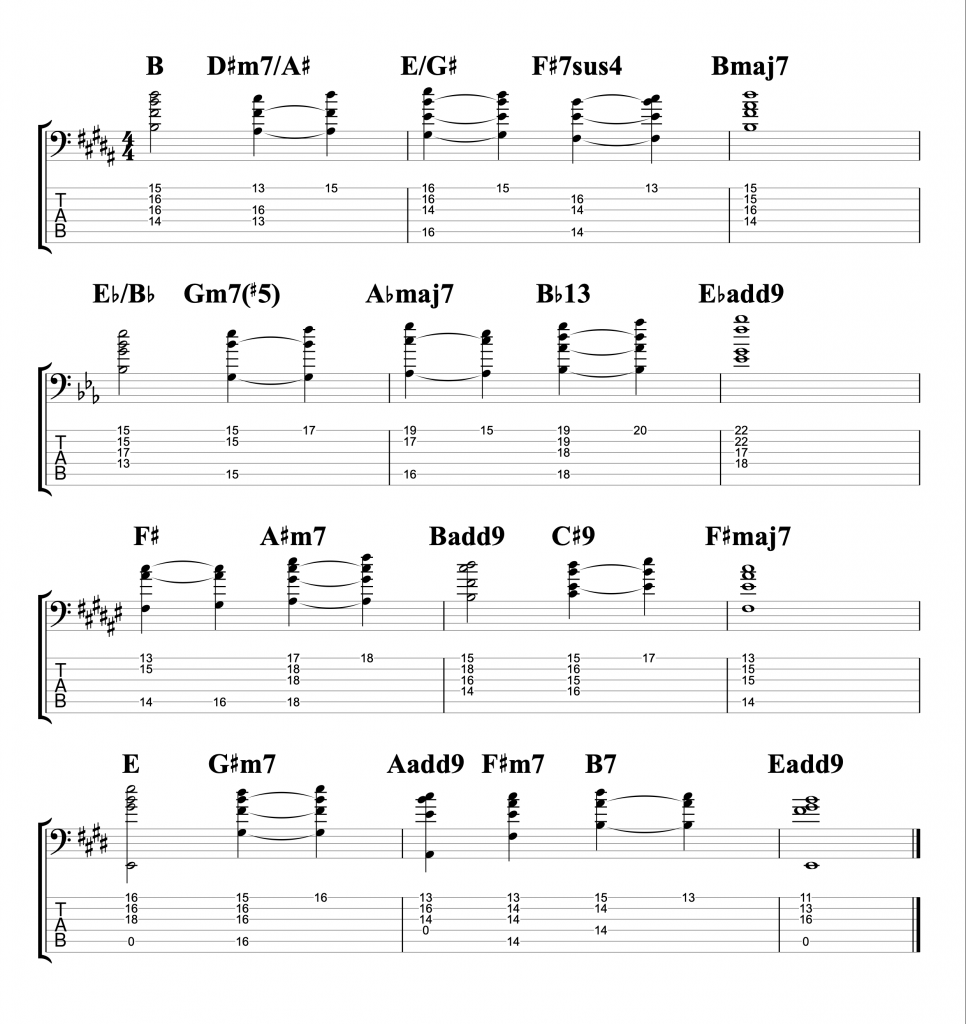



Jazz Chord Progressions Part 1 I Iii Iv V Bass Practice Diary 76 Johnny Cox Music




5 Common Chord Progressions For Guitar With Charts Music Grotto
The pattern vi does not have the same cadential effect as Vi Many composers use v rather than V in noncadential progressions;The I, IV, V, and vi chords are especially important in pop music You can mix them up any way you want, and you're going to end up with a relatively familiar chord progression Of course, for that very reason, you should make it a point to familiarize yourself with this sequence of chords So here's something a little trickier the same progression with seventh chords Seventh chord IIVV We'll start with minor seventh chords With the key of the song in G, the progression will be G minor 7, C minor 7, and D minor 7 You'll hear the tone of the progression change from neutral to melancholic
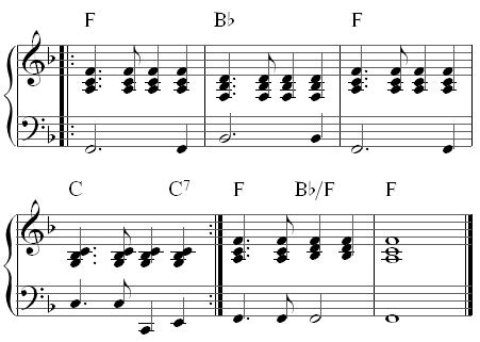



Primary Chords Chord Progressions I Iv V7 I Chords




List Of 4 Chord Pop Songs That Use The I V Vi Iv Progression Teaching Music Theory Teaching Music Elementary Music
A chord progression is nothing but a handful of chords, played together to give good music when heard in a sequence According to Wikipedia the I–V–vi–IV progression is one of the most popular chord progressions across several genres of music which gives us a spacious room for exploration Second, the ii chord isn't often used in pop, which relies more heavily on the I, IV, V, and vi chords than anything But as Weezer demonstrates, that doesn't mean you can't or shouldn't use it in your poporiented song Third, it has a nice descending feel that makes it perfect for some fun and interesting harmoniesWe'll also begin practicing these progressions with both open and barre chords What You'll Learn in this Lesson 043 I IV V and I V IV 356 I VI II V and I VI IV V 408 I V VI IV 333 The 12 Bar Blues 654 Putting It All Together 847



I Ii Iii Iv V Vi Brad Carlton Guitar Lesson Truefire




Deceptive Resolution When Chords Misbehave Hub Guitar
What are other names for I, II, III, V, VI, IV, and VII chords in music?C Am F G Chords for I VI IV V Chord Progression Backing Track in C with song key, BPM, capo transposer, play along with guitar, piano, ukulele & mandolinThe whole purpose of secondary chords is to express a chord that is not enharmonic VI/vi would be better expressed as a IV chord I believe, simply put, I V/vi IV iv would be more "correct" and traditional notation However, I III IV iv is easily understood and more likely to be used by jazz/rock/contemporary players
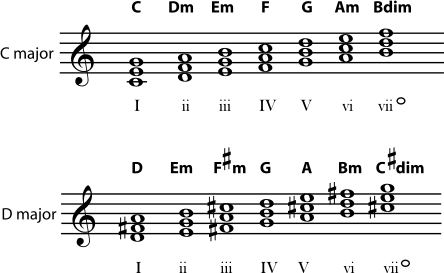



5 5 Beginning Harmonic Analysis
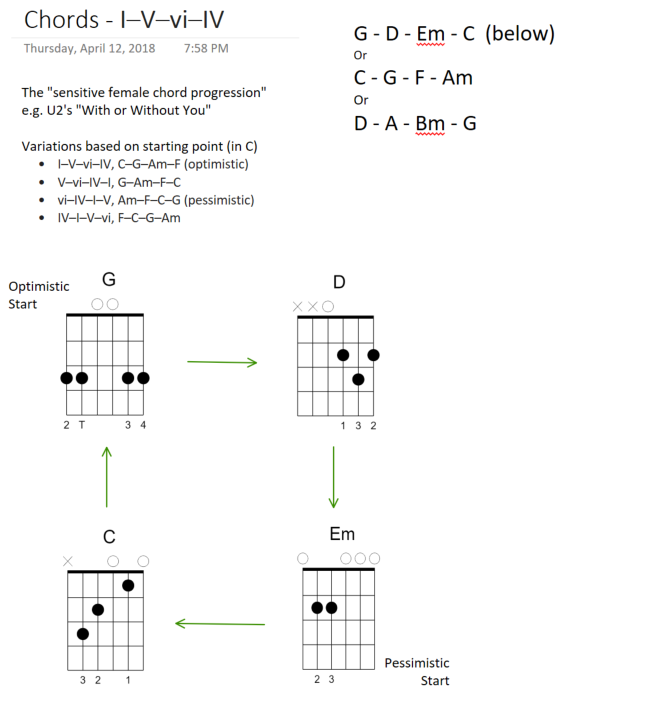



Guitar Chord Transition Charts I V Vi Iv Intangibility Com
The I IV V chord progression is one of the most common chord progressions in music The I is the root note of the chord, followed by the 4th and 5th scale degrees of the scale For example, if we're working on a C scale, that means the I chord is the C major chord This means F is the IV and the G is the V The 1564 chord progression is a very popular pop progression that moves through the I, V, vi, and IV chords of a key A chord progression is a series of chords that move a song forward It is the basic harmonic structure of a song Progressions build tension and then resolve itI recognized it as a fair question as there certainly are other names for these chords However, I prefer to focus on the emotional impact that these chord progressions offer the listener Just the names meh That might get you to ace some basic music test
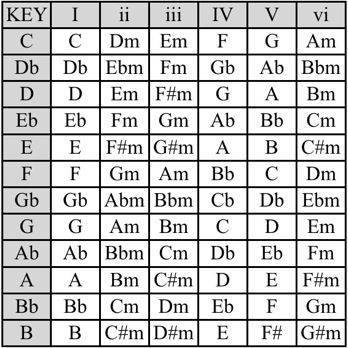



Part Three Ii Iii And Vi Chords The Simple Map




5 Most Used Chord Progressions In Edm Top Music Arts
I – IV – V The "Primary Chords" In the lessons about chord scales, you may have noticed that there are three major chords within any chord scale These are the chords built off of the 1st, 4th, and 5th degrees of the scale, and they are sometimes referred to



1



1
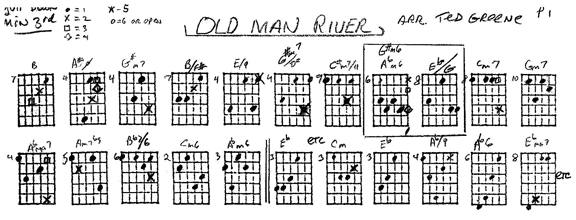



Tedgreene Com Teachings




Cyberfret Com Ska Guitar 101 Page 8




The Beginner Bass Player S Guide To Chord Progressions



Chord Substitution




C Major Scale Chord Progression I V Vi Iv Youtube




A Chord Progression Of I V Vi Iv In C Major Learn Music Music Lessons Music Theory
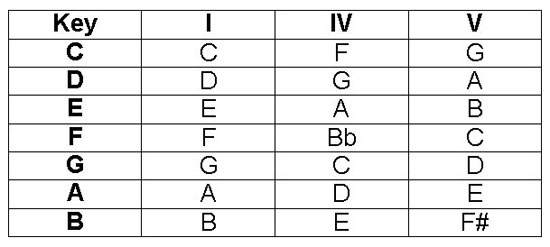



Counting Keys Cody Chops




Roman Numeral Notation In Music Theory Video Lesson Transcript Study Com




Cyberfret Com Ska Guitar 101 Page 8



Chord Progressions



Popular Piano Chord Progressions




Why Does The Four Chord Pop Song Sound So Good Youtube




Jazz Chords 10 Variations Of A I Vi Ii V Turnaround Jens Larsen




9 Sad Chords Progressions That Ll Stir Listener S Emotions Music Industry How To




I Ii V I Progression In G Major Chord By Chord Acoustic Guitar




Chord Progressions How Major And Minor Chords Work In Songs Landr




In Music Chord Progression I Ii Iii Iv V Vi Viii Why Do We Call The Ii Iii And Vi Minor Quora
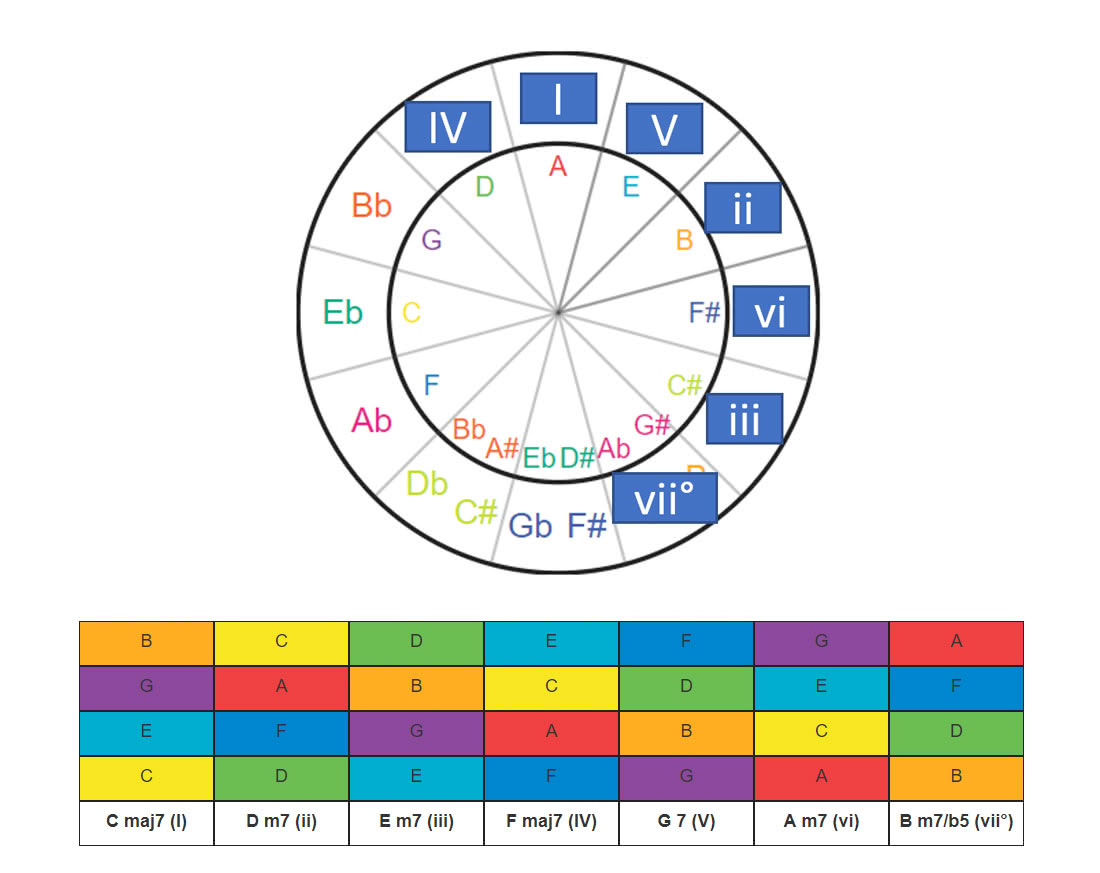



The Circle Of Fifths For Guitarists Interactive Tool Tutorial




All About Piano Chord Progressions Pianote Free Online Piano Lessons



Chords In The Key Of D Major
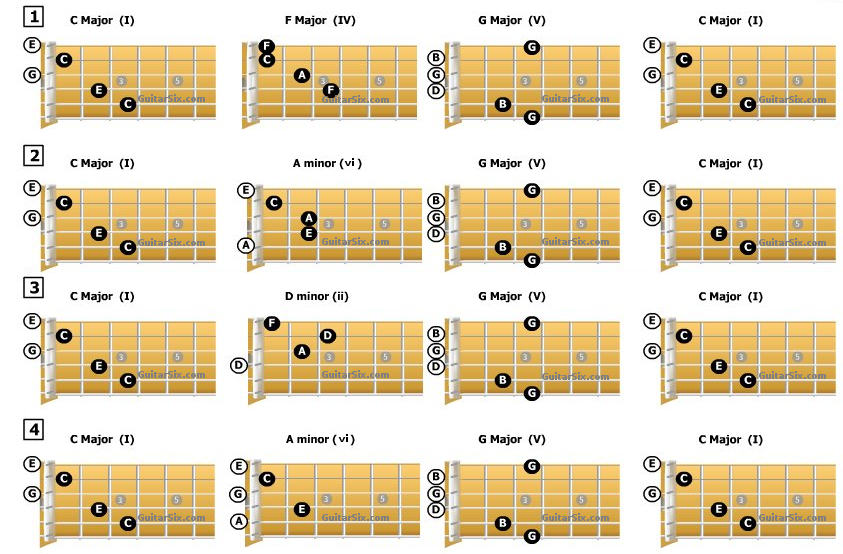



Guitar Chord Progressions For Beginners




12 Simple Easy Guitar Chord Progressions For Beginners Rock Guitar Universe



Major Scale Patters Guitar Scientist
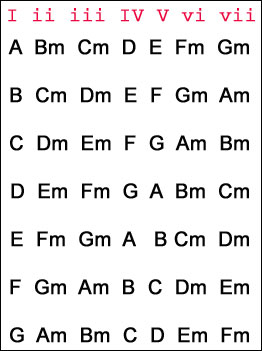



Guitar Chord Progressions What You Need To Know




Ukulele Chords In Common Keys I Iv V Vi Chord Progressions By Diana English



1




Amazon Com Guitar Chords In Common Keys I Iv V Vi Chord Progressions Music Stand Chord Charts Book 2 Ebook English Diana Books



Ukulele Chord Progressions I Iv V And Ii V I Of Major Thecipher Com



Chord Change Exercises Sheet Music For Piano Solo Download And Print In Pdf Or Midi Free Sheet Music Musescore Com




Secondary Dominant Chords In Major Keys Youtube




Jazz Chords 10 Variations Of A I Vi Ii V Turnaround Jens Larsen




5 Common Chord Progressions To Help You Play 100 S Of Songs




The 3 Best Guitar Chord Progressions Charts Examples Lessons Com




What Are I Iv V 1 4 5 Chords And Why Should You Care Guitar Lessons Ultimate Guitar Com




Major Scale Diatonic Chords Piano Music Theory




File I V Vi Iv Chord Progression In C Png Wikimedia Commons




Jazz Chords 10 Variations Of A I Vi Ii V Turnaround Jens Larsen




Piano Chord Progressions I Vi Iv V In Common Major Keys Music Stand Chord Charts Book 6 Kindle Edition By English Diana Arts Photography Kindle Ebooks Amazon Com




How To Write A Chord Progression In 3 Levels Of Complexity The Hooktheory Blog




Chord Functions In The Major Keys




Harmony Its Theory And Practice Ex 96 C I Iii Iv Vi Iii Iv I Iii Iv Ii Iii Iv The Other Progression Just Referred To Is Iv V In Which It




7 Music Chord Progression Ideas Music Theory Learn Music Guitar Chord Progressions



Chord Progressions
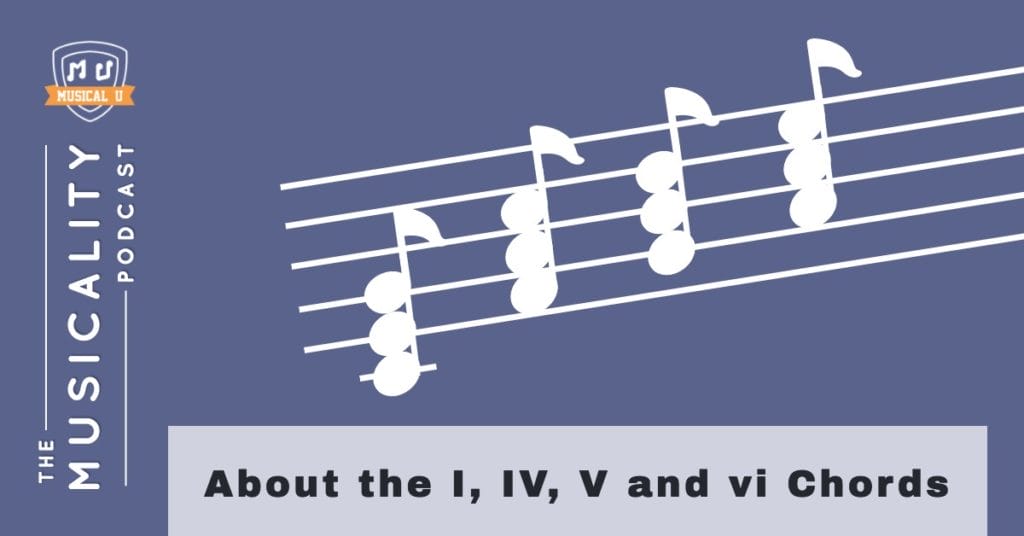



About The I Iv V And Vi Chords Musical U



63 Harmonic Progression Pt 6 V Iii V Vi Music Student 101



Howie Day Style I Iv Vi V Chord Progression Garage Band University
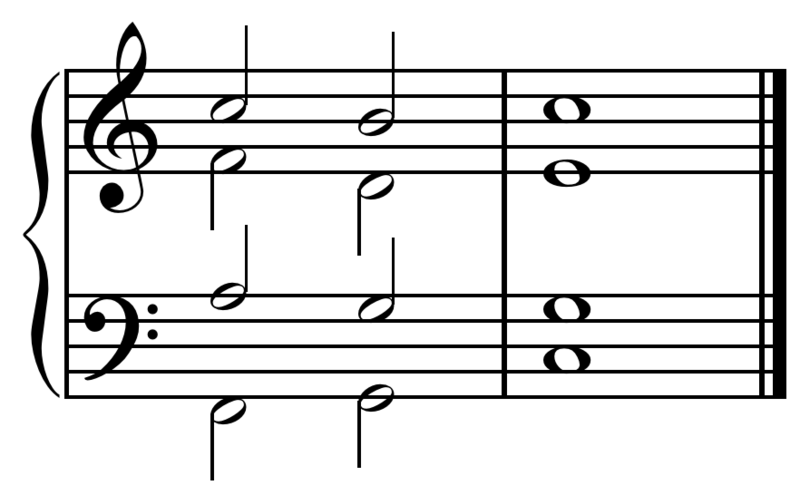



File Iv V I In C Png Wikimedia Commons




Tenor Banjo Chords In Common Keys Common Chord Progressions I Iv V Vi By Diana English
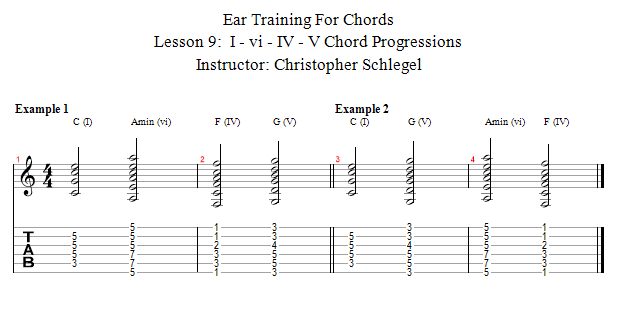



Guitar Lessons I Vi Iv V Chord Progressions
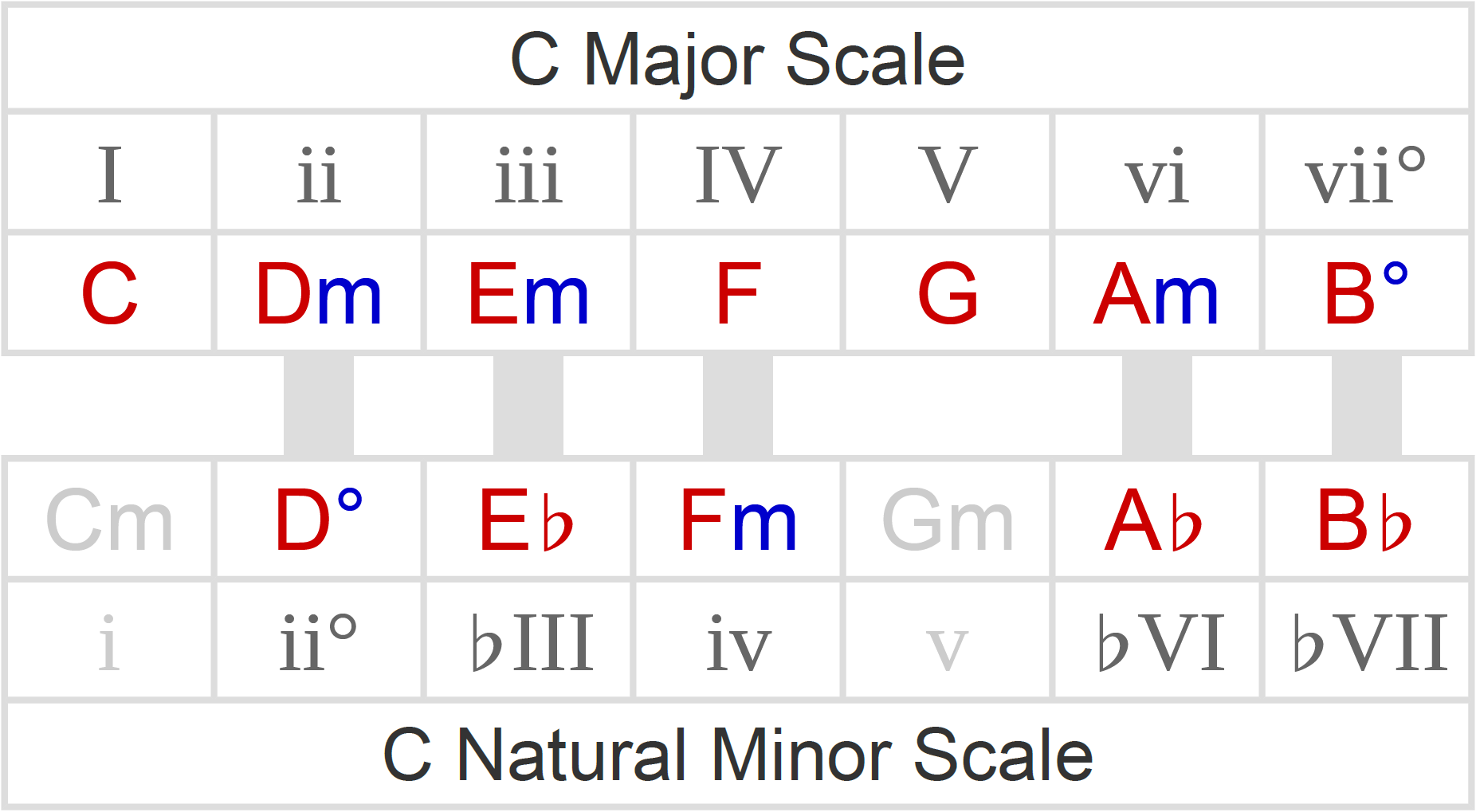



Borrowed Chords How To Spot Play Over Them




The I Vi Iv V Chord Progression
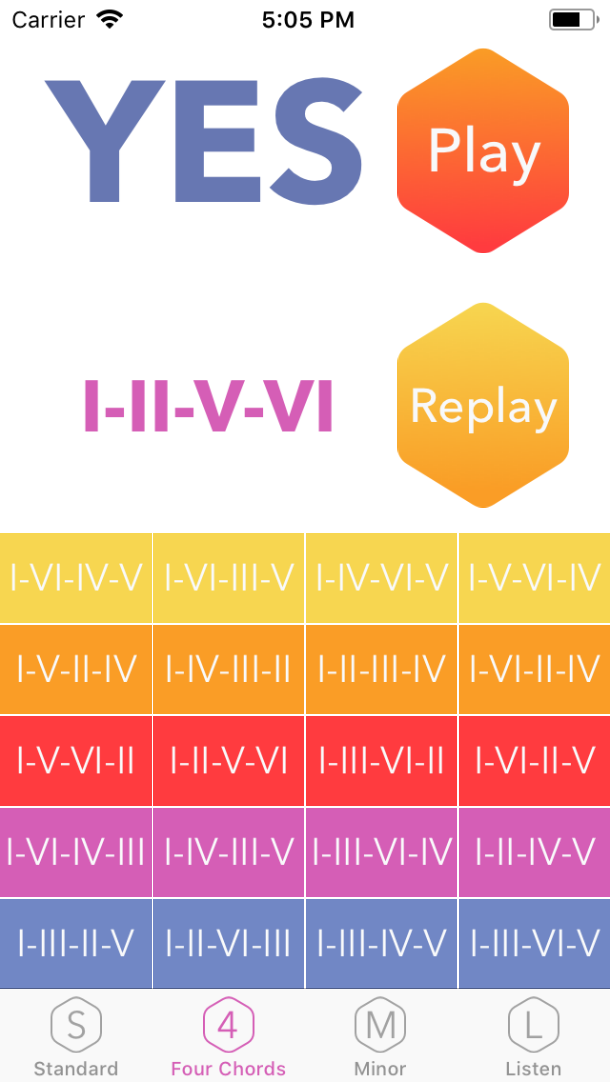



Leverkhun Apps Earprog



Jazz Chord Progressions Intro Lesson For All Guitarists




The Art Of Modulation Part 2 Common Chord Modulation Art Of Composing




Chord Progression Of The Day I Iii Iv V I In F My Jazz Guitar Journey




Common Pop Chord Progression I Vi Iv V In D Major Youtube




Primary Chords In The Key Of G Minor On Piano I Iv V Chords Youtube
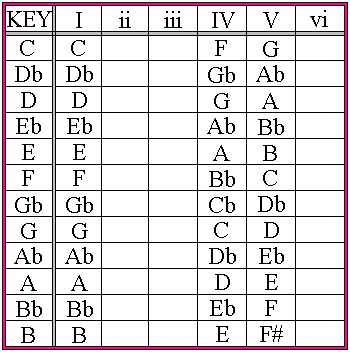



Songwriting Basics Keys I Iv V Chords
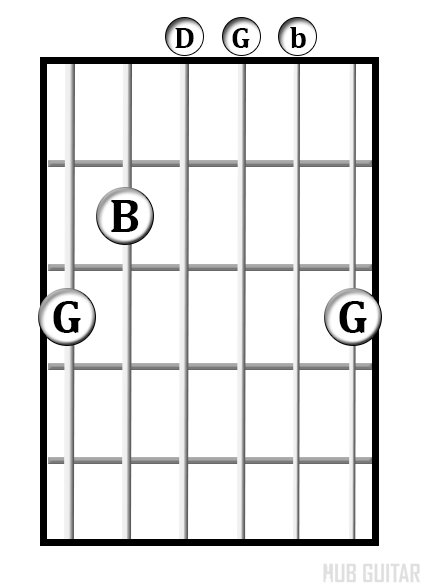



Slow I Vi Iv V Progression Hub Guitar
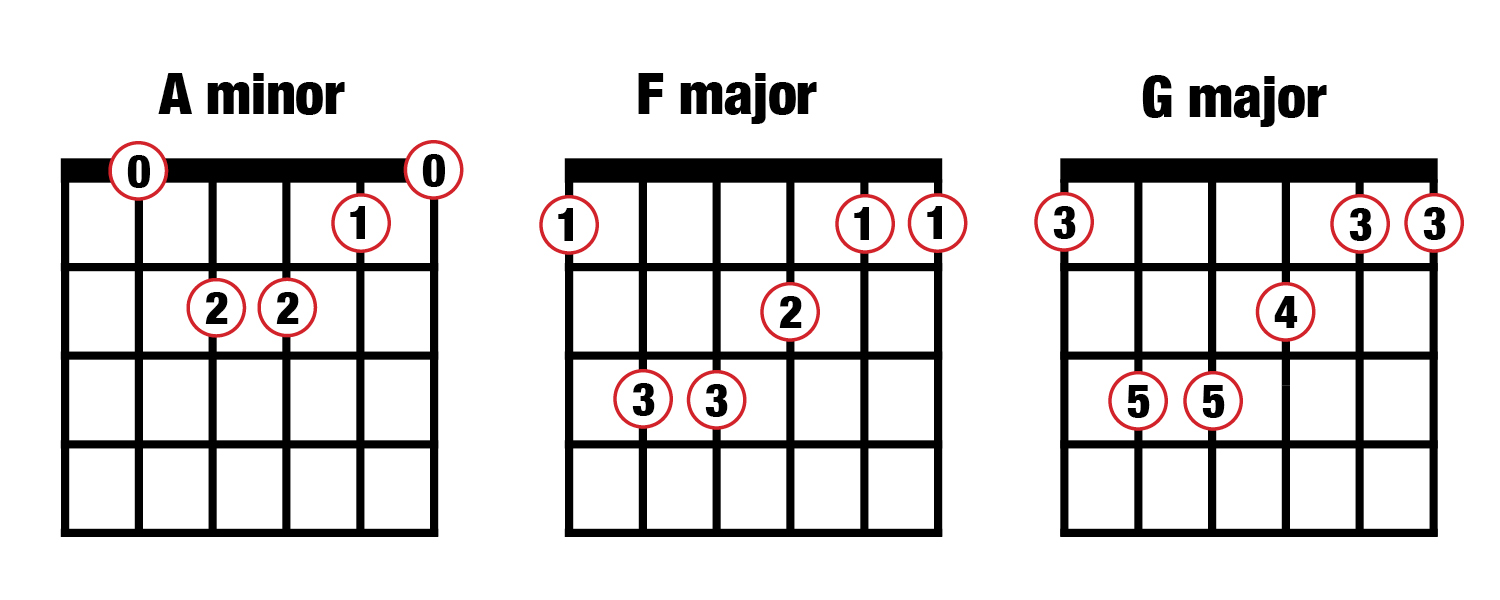



Music Composition For Beginners 4 Popular Chord Progressions Guitar Com All Things Guitar




An Introduction To The Minor Blues Happy Bluesman



How To Call This Chord Progression The Acoustic Guitar Forum




File All Secondary Chords Of The Dominant In Major Png Wikimedia Commons
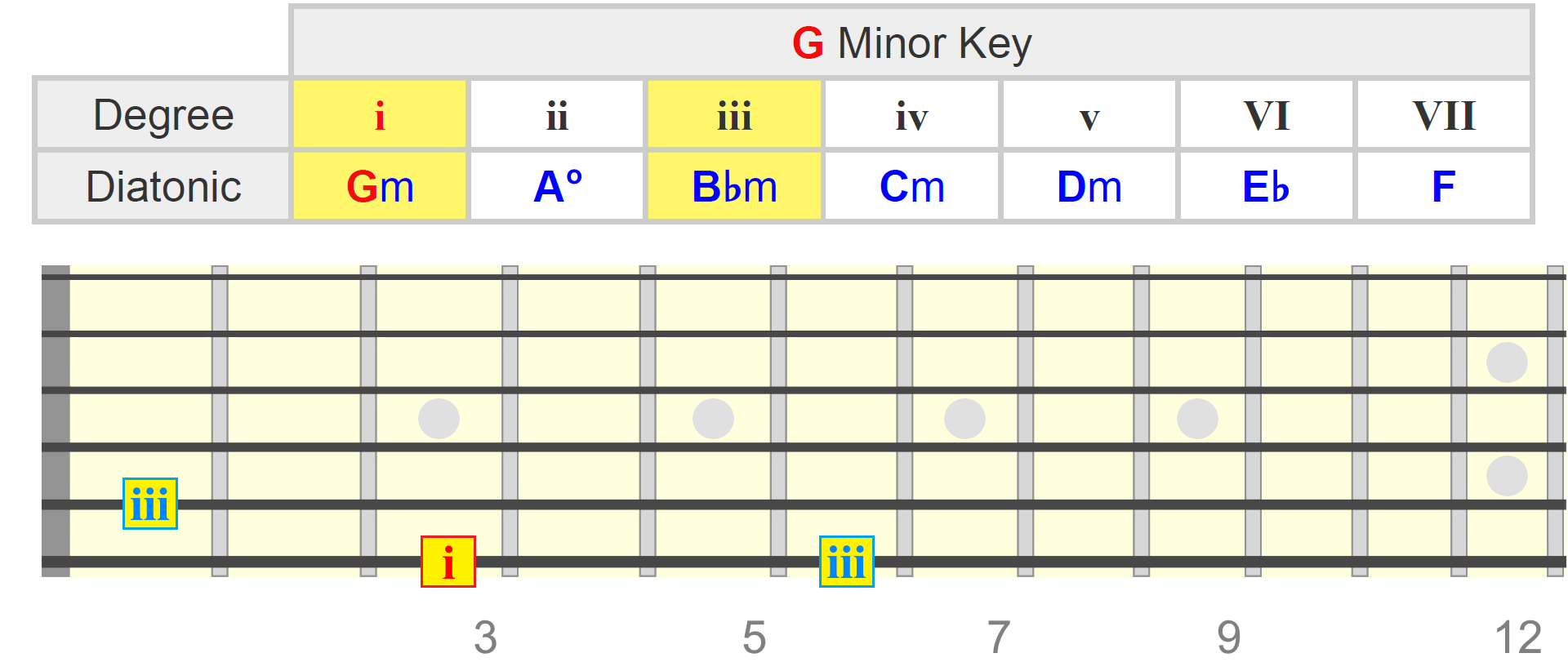



Soulful Progressions Using Extended Minor Chords Minor 9 Minor 11
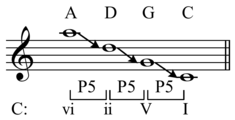



Vi Ii V I Wikipedia




Amazon Com Ukulele Chords In Common Keys I Iv V Vi Chord Progressions Music Stand Chord Charts Book 1 Ebook English Diana Books




I V Vi Iv Progression Wikiwand
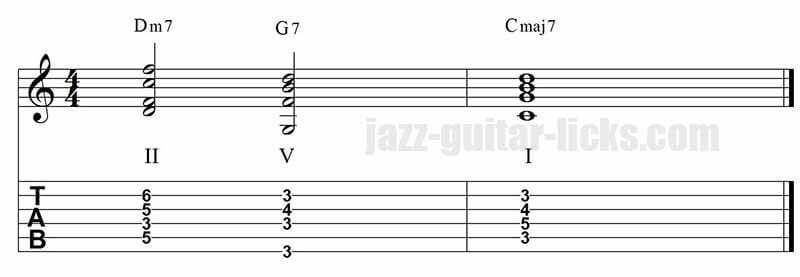



How To Play The Ii V I Chord Progression On Guitar
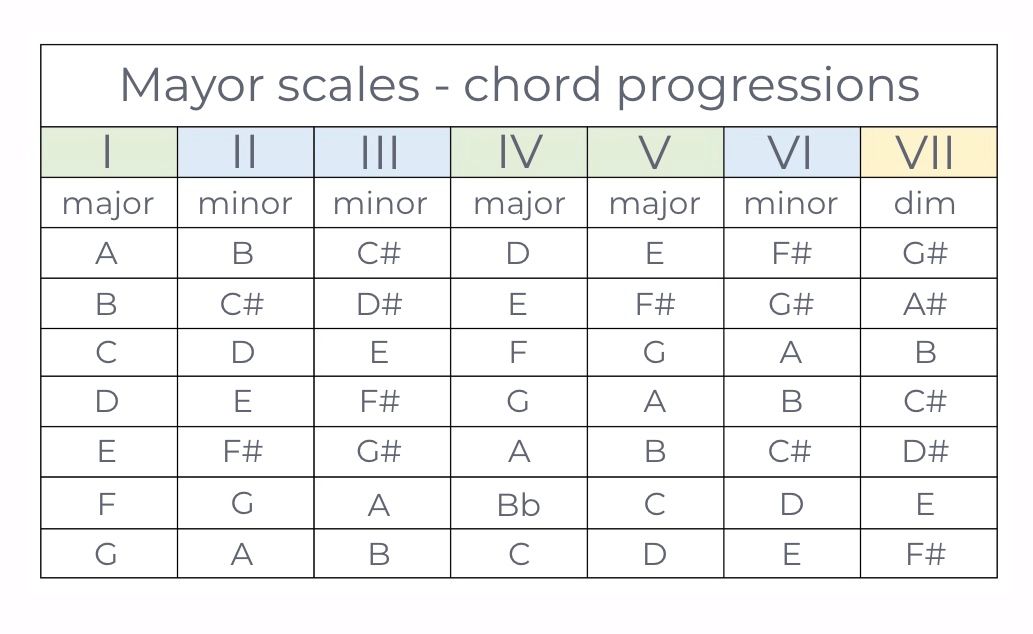



How To Project Emotions Through Music Chord Progression




File Iv V I In C Png Wikimedia Commons



Can You Borrow Chords From Other Keys And How Do You Identify A Borrowed Chord Quora
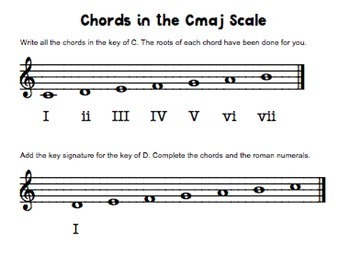



Pop Music Introduction To Chords The I V Vi Iv Chord Progression Grades 5 8




Listening For Ii V I Chord Progressions Musical U



24 The Pre Dominant Function Fundamentals Function And Form




Play Thousands Of Songs With Just 4 Chords Oktav




Rock N Roll The I Vi Iv V Progression Teaching Resources




Easy Guitar Songs With 4 Chords
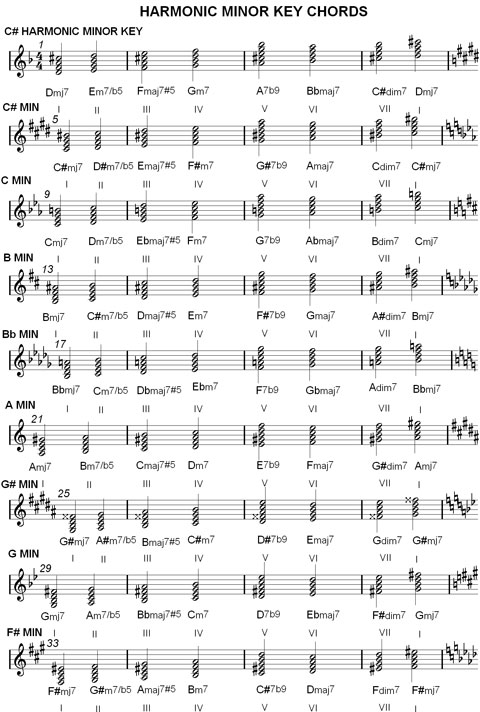



Chord Charts Music Scale Harmonization Major Minor Keys Jazz Theory



0 件のコメント:
コメントを投稿